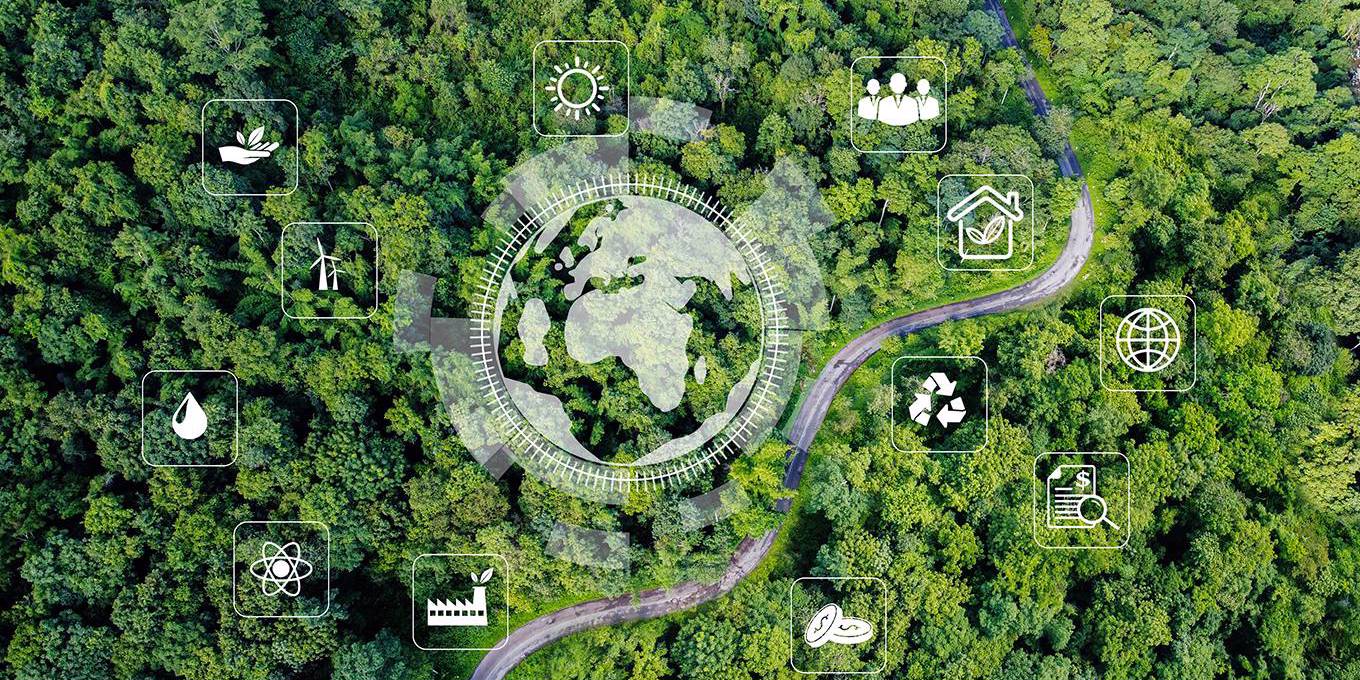
Wealthy countries continue to take a top-down approach to development interventions, especially for climate finance, which tends to be earmarked for mitigation initiatives. Instead, they must boost funding for adaptation in developing countries, particularly investment in sustainable and resilient infrastructure.
WASHINGTON, DC – In 2011, the Busan Partnership agreement recommended a shift toward increased national ownership of the development agenda as part of the international drive for more effective development policies. The agreement was a welcome recognition that lower-income countries were more likely to improve resource allocation and achieve sustainable growth when they set their own development priorities.
- Donald Trump’s Tariffs Would Hurt US Workers and Businesses
 Michael M. Santiago/Getty Images
Michael M. Santiago/Getty Images
Subscriber Favorite
- Europe’s Existential AI Challenge
 Joan Cros/NurPhoto via Getty Images
Joan Cros/NurPhoto via Getty Images - Israel and Iran Are Likely to Escalate
 John Wessels/AFP via Getty Images
John Wessels/AFP via Getty Images
But more than a decade later, the prevailing top-down, one-size-fits-all approach to development interventions remains stubbornly intact. This is particularly true for climate finance, which tends to be largely earmarked for projects aimed at reducing greenhouse-gas (GHG) emissions, including in countries that have contributed the least to the climate crisis. For example, 58% of the $83.3 billion in climate finance that the Global North delivered to developing countries in 2020 went toward such mitigation initiatives.
In fact, the most pressing challenge facing low-income countries is to bolster the capacity of governments and societies to endure and adapt to the adverse effects of global warming. But only 34% of climate-finance flows to low-income countries, totaling $28.6 billion, went toward adaptation measures in 2020, and that fell to around 27% in 2021 and 2022 (totaling $24.6 billion and $32.4 billion, respectively). These sums fall far short of the estimated $160-340 billion needed annually for climate-change adaptation in developing countries.
Moreover, nearly three-quarters of the climate finance provided to developing countries between 2016 and 2022 came in the form of loans, which could further exacerbate macroeconomic instability and debt vulnerabilities. Nearly 60% of these countries are already confronting or at high risk of debt distress, owing to the “original sin” of foreign borrowing together with growth-crushing interest rates that dramatically increase the fiscal incidence of external debt.
Global investors are drawn to climate-mitigation projects because they generate more immediate returns, compared to the longer-term payouts of investments in adaptation. But this skewed approach fails to account for the asymmetric nature of climate change: even though the Global North has historically caused the majority of GHG emissions, the Global South, where average annual temperatures in most countries have largely exceeded the upper threshold for life of 24° Celsius, has suffered the worst effects, and is especially vulnerable to further projected increases in average temperatures.
It is hard to imagine how the effects of climate change could be much worse for low-income countries. In 2022, flooding submerged one-third of Pakistan, killing 15,000 people, forcing more than nine million into poverty, and generating economic losses that amounted to 2.2% of GDP. And in 2023, East Africa – despite contributing only 0.1% of global GHG emissions – experienced extreme droughts that decimated around $7.4 billion worth of livestock, fueled an alarming hunger crisis, and exacerbated poverty. The Global North’s failure to take responsibility for rising temperatures and consider vulnerable countries’ specific needs risks further magnifying the climate emergency’s already-high economic and social costs in these countries.
Go beyond the headlines with PS – and save 30% 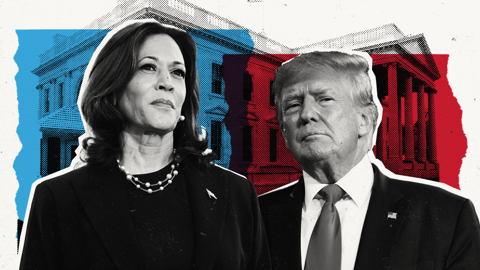
Go beyond the headlines with PS – and save 30%
As the US presidential election nears, stay informed with Project Syndicate – your go-to source of expert insight and in-depth analysis of the issues, forces, and trends shaping the vote. Subscribe now and save 30% on a new Digital subscription.
Subscribe Now
Crucially, making progress on adaptation does not depend entirely on successful mitigation measures – the relationship is not unidirectional. In fact, some adaptation initiatives, such as improved building insulation and energy-conservation measures that reduce the need to use coal-fired power plants, can turbocharge mitigation efforts. Unless we adapt our behavior and systems to moderate the devastating effects of GHG emissions, the social and economic costs of climate change will continue to rise, hitting the most vulnerable countries hardest.
More broadly, building sustainable and resilient infrastructure would mitigate countries’ vulnerability to adverse climate shocks and other related risks. Such infrastructure would not only reduce the direct fiscal impact of such shocks, as well as contingent liabilities that could pose a threat to macroeconomic stability and debt sustainability, but could also enable energy-poor countries to leapfrog into a new era of clean power, accelerating the transition to net-zero emissions.
Increasing coordination between adaptation and mitigation efforts could make them more cost-effective and appealing to investors, thereby catalyzing more climate-adaptation financing in the Global South. At the same time, mobilizing more private capital for adaptation requires increasing the number of climate-resilient and investment-ready infrastructure projects at a sustainable pace and with appropriate levels of risk allocation among stakeholders.
A recent analysis conducted by J.P. Morgan of greenfield projects in emerging-market and developing economies estimated that there is around $1.2 trillion worth of “investable” sustainable-infrastructure projects in the pipeline – representing roughly half of these economies’ annual investment needs for such infrastructure. But many of these projects are in the very early stages of development and will not be shovel-ready for years to come. Clearly, the demand side of the adaptation-financing equation must be strengthened to direct more funding to low-income countries, in addition to rebalancing the international community’s allocation of climate financing away from its excessive focus on mitigation.
Boosting adaptation financing in the Global South is not only the right thing to do for the planet. It is also smart economics. Preliminary estimates indicate that every dollar invested in adaptation could yield up to $10 in net economic gains. Moreover, delaying or short-changing investment in adaptation could raise overall costs and undermine global efforts to reach net-zero emissions by 2050 and limit global warming to the Paris climate agreement’s target of 1.5°C above pre-industrial levels.
The world cannot win the battle against climate change if it neglects an important front – adaptation – on which it is incurring huge losses, especially in terms of human casualties. To avoid focusing exclusively on mitigation, wealthy countries must foster a more inclusive development partnership that narrows the adaptation-financing gap in the most climate-vulnerable countries.


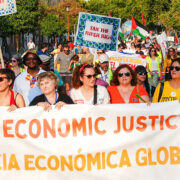

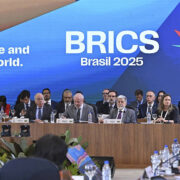

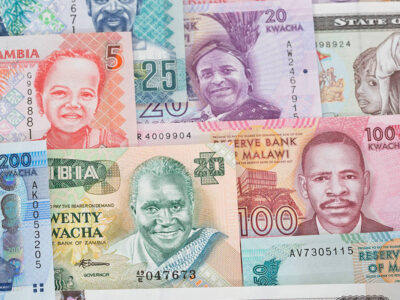
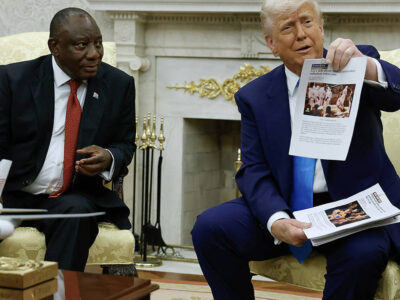



Comments